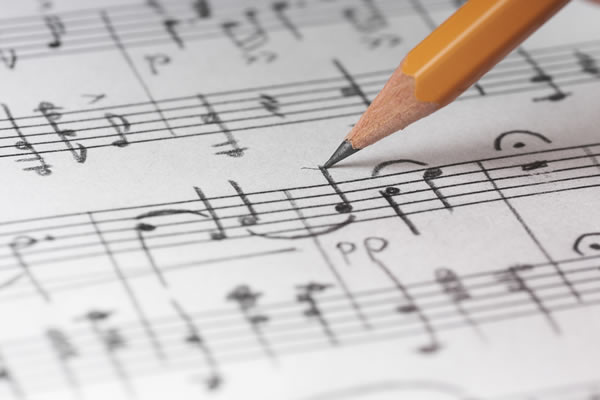

Choose specific keys that you might explore such as the relative minor, supertonic minor, subdominant and its relative minor, or the dominant and its relative minor. It does not take much to convert this into a modulation. Take the melody and repeat it sequentially, a step higher or lower each time. By using specific foci you further engrain a concept in your mind and when it comes to identifying it by ear, you recognise it much more quickly.

Have a specific focus that you use as a good 10 minute, or more, focus each day. You might extend this to include a particular focus such as the Neapolitan Sixth, German Sixth, French Sixth, Italian Sixth, diminished sevenths, half-diminished sevenths, diatonic sevenths, secondary dominants and so on. You might start with straight forward iib-V-I type harmonies. Use keyboard harmony skills to create an accompaniment for the melody. Aural lessons using familiar repertoire always work best. Examples might include lower auxiliary notes, trills, turns, nota cambiatas and so forth. Start by taking a simple melody, or a phrase of it, and embellishing it through the addition of ornaments. Mus., B.A.(Mus), L.Mus.A, A.Mus.Aural Lessons: Melodic Decorations, Ornaments and Embellishments PhD (Edn), M.Mus., (GU), Dip Ed (UNE), Grad. ?€?ĭr Julie Kirchhubel / Lecturer in Aural Studies Queensland Conservatorium, Griffith University Teachers and students should look forward to using this successful blend of aural and theoretical development in which concepts are presented in a fun and enjoyable manner. Visually-stimulating, interesting tasks form a well-sequenced range of activities which encourage a motivated approach to learning. Music teachers will undoubtedly welcome this exciting resource which, being equally suited to studio and classroom contexts, creatively introduces music fundamentals to students in a logical, step-by-step manner. *********************** "Music Bumblebees Aural and Theory Workbook A provides a fresh approach to aural and theory training for young musicians.
#Aural theory download#
An all-inclusive learning experience for music beginners, combining musicianship skills with theoretical knowledge.Ĭlick here to see the content page of this workbook.Ĭlick here to download the Sample Book for your perusa Wide range of fun and learning activities.

Non-keyboard approach to the learning of letternames. Adapts the Kodaly concept and learning sequence used in Australia primary school music syllabus. Bridges the gap between "Classroom" and "Studio" teachings: rhythm names are introduced alongside British and American technical names. MP3 files are included, so children first learn to aurally identify the new concepts prior to other ear-training exercises and written activities. Special features associated with this workbook: This workbook is specifically designed for instrumental beginners between 6-9 years of age. This Studio Licence may NOT be used in school, please purchase School Licence for use in school. This licence may NOT be shared with any other teachers in the same studio or different studios. You are permitted to use and print this purchased copy with any number of your own students as an individual teacher. This may be reproduced under the terms of the Studio Licence. This is the digital studio licence of our popular Aural & Theory Workbook A.


 0 kommentar(er)
0 kommentar(er)
